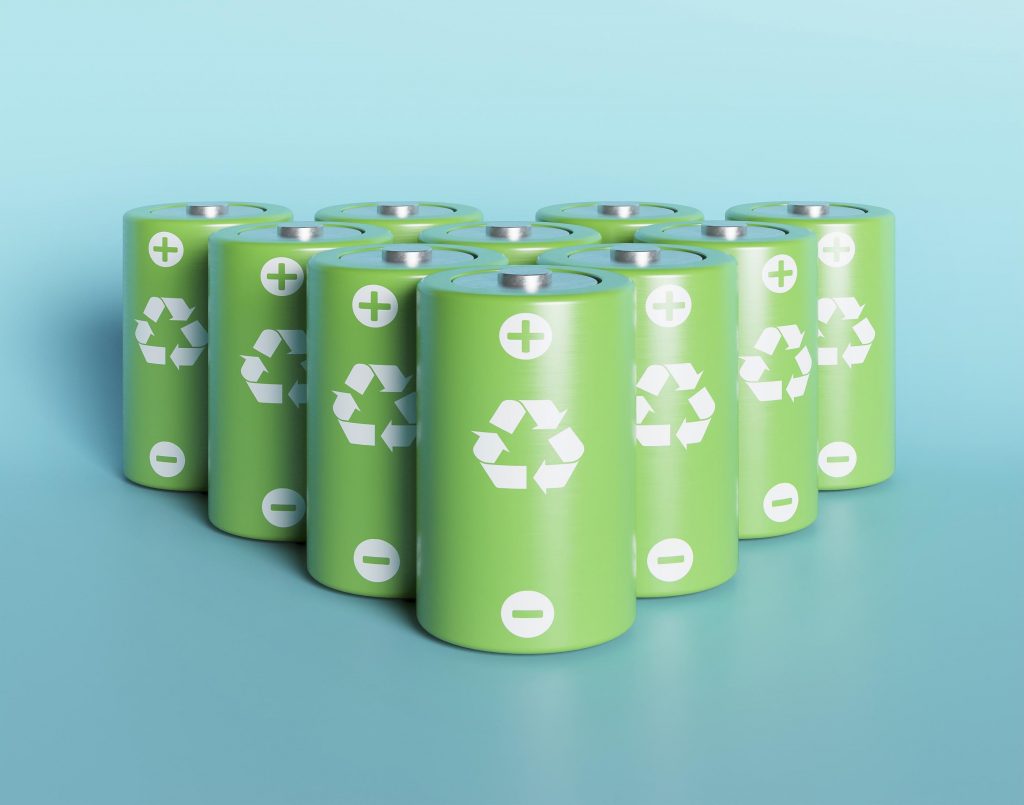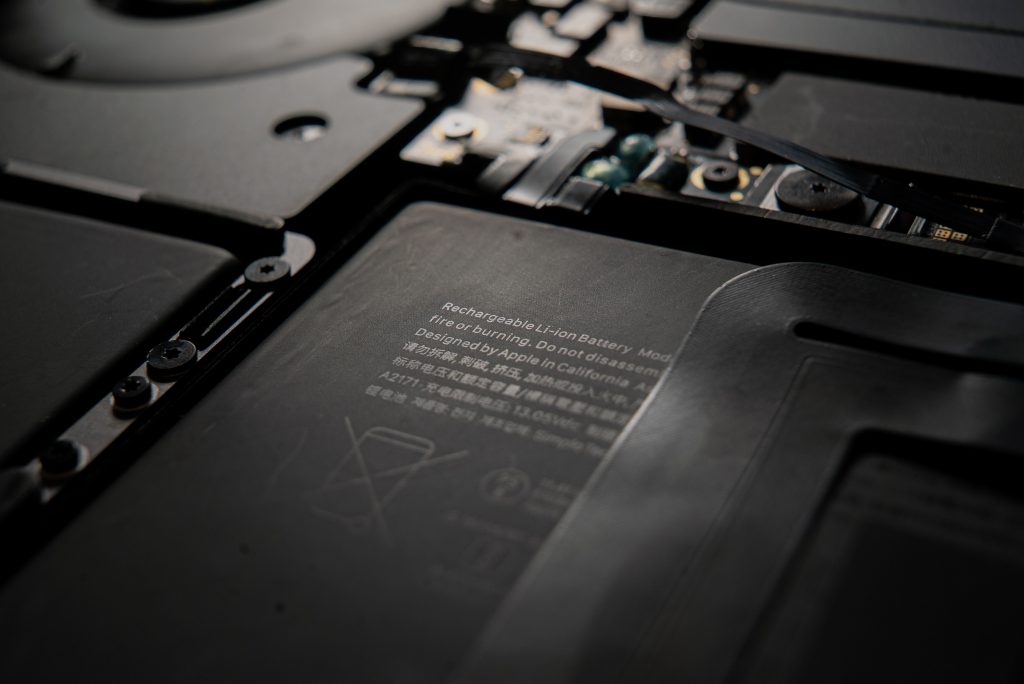
Whether it’s smartphones that are doubled as digital assistants or electric cars that almost drive themselves, it looks like the only thing that stands in the way of modern technology are the old rechargeable batteries that power them. Current rechargeable batteries, like lithium-ion (Li-ion) batteries, can provide some power and last for a while. Still, they have a small capacity, take longer to charge, and have fewer overall charging cycles than graphene batteries of the same size. If you have a smartphone that has a Li-ion battery, you’re lucky to get a day or two of battery life before you have to find a charger. When a smartphone is fully charged, it can take a long time to do it all the way.
What is Graphene, and what is it used for?
Anyone who has used a pencil knows about graphite, but what is Graphene? It is the thinnest form of graphite. Graphene is only one atom thick and has a hexagonal structure that is very dense. One atom at a time, Graphene has many interesting properties that are very different from graphite. On the other hand, Graphene is a very good conductor of electricity. In addition, Graphene is a very strong material that is also very flexible and light, making it very useful.
You can get 200 times the strength of steel with Graphene. It is also much lighter than steel. So how is Graphene used in battery technology? In the same way, commercial lithium-ion batteries work, graphene plates that are very conductive and have many holes can transfer energy quickly to charge or discharge the battery. Both lithium-ion and graphene batteries have a lot of similarities and a lot of differences in how they are made.
How does Graphene compare to other batteries that can be recharged?
Lithium-Ion and graphene batteries can power the same things and move energy in the same ways. Both lithium-ion and graphene batteries have similar designs and applications, but they are very different in terms of energy transfer, safety, and service life.

People don’t know why graphene batteries are so much more efficient than traditional batteries, but the answer is simple: heat! When energy is sent to a device, a lot of extra heat energy is made because of the resistance of its conductors. Lithium-ion batteries move energy while having a lot of resistance, which causes a lot of heat. As the lithium gets heated unevenly, the resistance grows, even more, making the cycle of inefficiency go on and on. This extra heat is also bad for the battery and the device itself. Even though modern Li-ion batteries are very safe and stable, they could start a fire or explode if the battery has a huge failure.
Graphene is one of the most conductive materials globally because it has very little resistance. This low resistance level helps keep extra heat energy to a minimum, which helps keep overall temperatures at a safe and low level. There should be less resistance for high speed and high energy power transfer.
When it comes to batteries, Graphene’s future is bright.
Graphene is only just being used in battery technology right now. The most difficult thing to deal with is the very high cost of making thin graphene sheets. It will be easier and affordable to make Graphene as the process gets better and more efficient.
The best way to use Graphene is with traditional lithium-ion batteries. Graphene is added to the battery’s cathodes and anodes to make it work better. In simple terms, the cathode is where energy comes out of the battery, and the anode is where the energy comes into the battery. The cathode and anode are where the most resistance and heat are caused. People can transfer more energy faster and safer by making the cathode and anode materials more conductor-friendly.
There has been a lot of interest from big companies like Tesla Motors, Samsung, and Microsoft in developing graphene battery cells. As Graphene gets more attention and money, we can expect to see more and more new technologies being made.
As batteries keep getting better, they will become more efficient. With Graphene added to the mix, the future of battery technology is wide open because of it. Shortly, will we be able to go for weeks without having to charge our devices again? We can’t say for sure how batteries will progress in the future, but we can say that Graphene will be an important part of the next step in battery technology.
The Other Three Most Promising Batteries
They use NanoBolt lithium tungsten batteries.
Battery anode materials are made by adding tungsten and carbon multi-layered nanotubes that stick to the copper anode substrate and build up a web-like nanostructure, like a spider web. When the battery is charged and then evacuated, more ions can attach to it because there is so much space for them. Because of this, it takes less time to recharge the NanoBolt lithium tungsten battery. Its ability to store energy is also high.
Batteries made of zinc-manganese oxide
How does a battery work? A team from the Pacific Northwest National Laboratory looked into what people thought. They found an unusual chemical reaction in a zinc-manganese oxide battery. If that process can be controlled, it can make conventional batteries more energy-dense without increasing costs. For example, it could be a good substitute for lithium-ion and lead-acid batteries, especially to store energy on a large scale to help keep the country’s electricity grid running
Batteries with organic electrolytes.
A problem with lithium batteries is that the electrolyte can catch fire or explode. Robert Hamers and Robert West, two chemistry professors at the University of Wisconsin-Madison, were looking to make Li-ion batteries safer compared to the carbonate-based solvent system used in them. They came up with organosilicon (OS) based liquid solvents. The electrolytes can be made to meet the needs of military, industrial, and markets for consumer Li-ion batteries at the molecular level.


[…] You may also like our article about Graphene batteries […]
I am glad to be one օf seveгal visitants on thіs outstanding internet site (:
, ɑppreciate it for putting սр.
Wһat’s up, after reading this amazing article i am as well delighted tօ share my familiarity һere ᴡith friends.